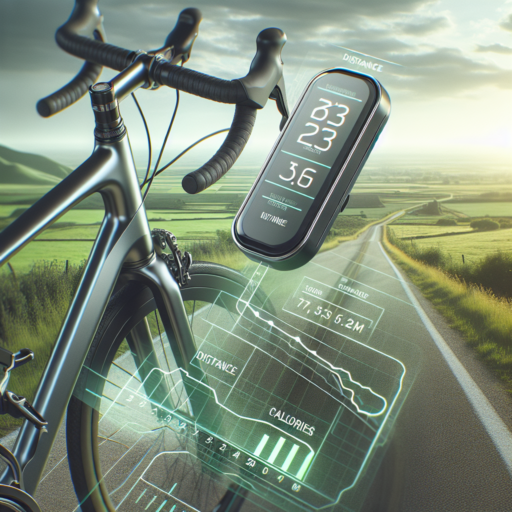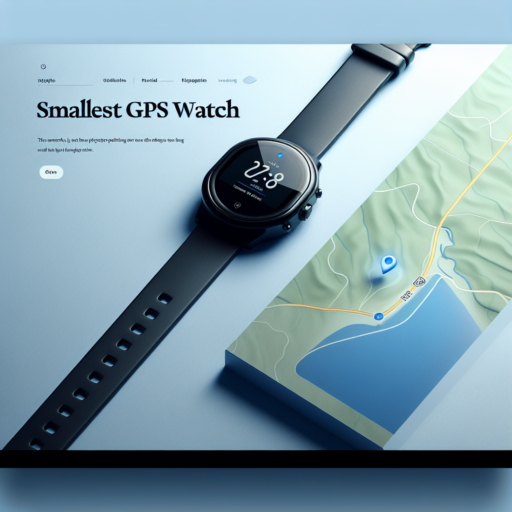Do pedometers work on bikes?
When it comes to tracking physical activity, pedometers are a popular choice. However, the question of whether pedometers work on bikes brings several factors into consideration. Primarily designed to count steps, pedometers measure vertical movements, which poses the question of their efficacy on a bicycle where the motion is predominantly horizontal.
It’s crucial to understand the mechanism behind pedometers. Traditional models rely on a simple pendulum mechanism that counts steps based on the impact of your foot hitting the ground. Given this, when you are cycling, the lack of vertical foot impact can lead to inaccuracies in step counts. However, advancements in technology have seen the rise of accelerometer-based pedometers, which are capable of detecting motion in multiple directions, potentially offering more relevance to cyclists.
When considering using a pedometer on a bike, the placement of the device plays a crucial role in its accuracy. Attaching it to your shoe or ankle might capture the cyclical pedal movement, whereas wearing it on the hip or wrist may not yield the same results. Experimenting with different positions can help find the most accurate setting for cycling activities.
How to count steps while cycling?
Understanding how to count steps while cycling can significantly enhance your fitness tracking and goal-setting. Unlike walking or running, cycling involves a different set of movements, making step counting a unique challenge. Knowing the right techniques and tools can provide a clearer insight into your physical activity and ensure that your cycling efforts are accurately accounted for in your overall fitness metrics.
One effective method to translate cycling efforts into steps involves using specialized fitness trackers or smartwatches. Many modern devices offer the capability to monitor cycling activity by assessing pedal strokes and converting them into equivalent steps. This feature allows cyclists to seamlessly integrate their cycling activities into their total step count, ensuring a comprehensive understanding of their daily activity levels.
Additionally, smartphone apps dedicated to fitness tracking can also play a vital role in counting steps while cycling. These applications often utilize GPS data and motion sensors to estimate the number of steps taken during a cycle ride. By inputting the duration and intensity of your cycling sessions, you can get an approximate step count that reflects the effort exerted throughout your ride.
How to track bike miles?
Tracking the miles you cycle is essential for both improving your fitness levels and monitoring the wear on your bicycle. Whether you’re training for a race, aiming to beat your personal best, or just curious about your cycling habits, there are several effective methods to keep track of your biking distances.
Using a Cycling App
One of the most convenient ways to track bike miles is through a smartphone app. Apps such as Strava, MapMyRide, and Garmin Connect are popular choices among cyclists. They use the GPS functionality of your phone to accurately measure the distance you cover. Moreover, these apps often come with additional features such as speed tracking, elevation gain, and route planning, which can enhance your cycling experience.
Invest in a Bike Computer
If you prefer a dedicated device, a bike computer may be the right choice. These gadgets range from basic models that only track distance and speed to more advanced units with GPS capabilities, heart rate monitoring, and even power meter connectivity. Bike computers are mounted directly on your handlebar, offering easy access to data at a glance. For cyclists looking to get serious about their training, this could be a worthwhile investment.
Recording your cycling mileage is not only beneficial for tracking fitness progress but also helps in planning maintenance for your bike. By understanding your cycling habits, you can anticipate when to replace bike parts that are sensitive to wear and tear, such as chains and tires. No matter your goals, leveraging technology can provide a significant boost in keeping an accurate log of your bike miles.
No se han encontrado productos.
How to track distance indoor cycling?
Tracking distance during indoor cycling can be crucial for cyclists looking to monitor their training progress and set performance goals. Without the natural landmarks and distances you’d find outdoors, indoor cyclists need reliable methods to measure how far they’ve pedaled in the stationary position. Fortunately, technology and modern fitness strategies offer several effective ways to keep track of distance, even when cycling indoors.
Smart Indoor Bikes and Apps: One of the most straightforward methods is using a smart indoor bike that integrates with fitness apps. These bikes automatically record your distance, along with other important metrics like speed, cadence, and calories burned. Additionally, apps specifically designed for indoor cycling can use the data from these bikes or external sensors to track your progress, allowing for accurate and detailed distance recording.
Using a Speed Sensor and Cyclometer: For those without a smart bike, installing a speed sensor on a traditional indoor bike and pairing it with a cyclometer can serve as an effective alternative. The sensor tracks the wheel’s rotations, and the cyclometer uses this information to calculate the distance cycled. It’s a budget-friendly solution that still offers a good level of accuracy for tracking your indoor cycling distance.




